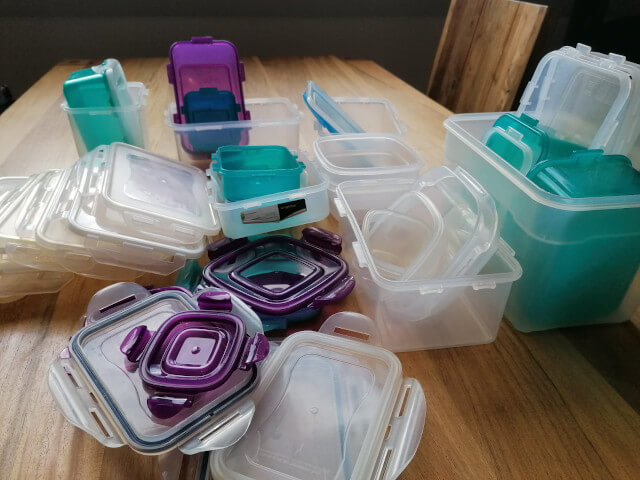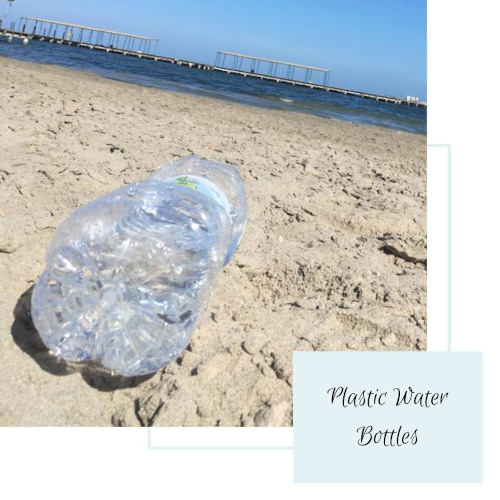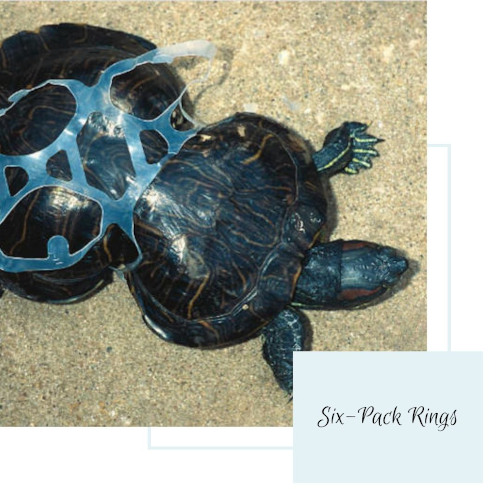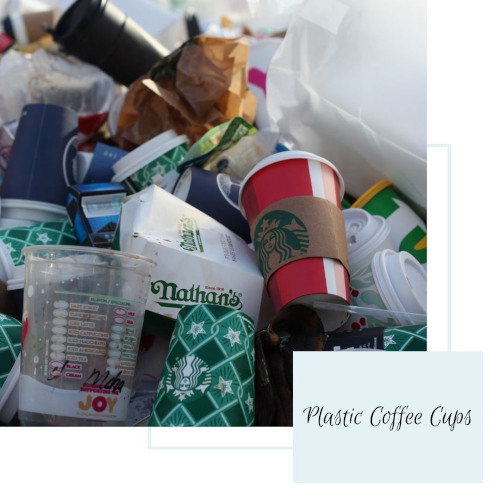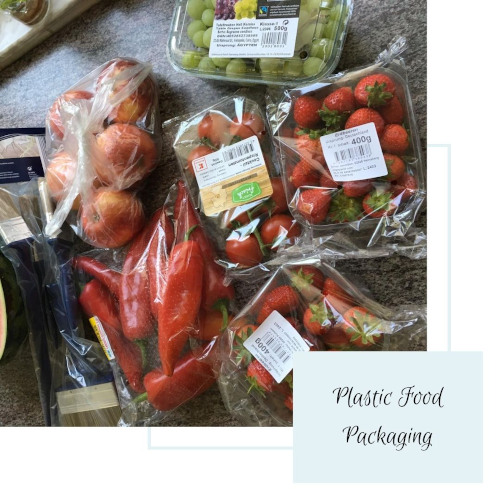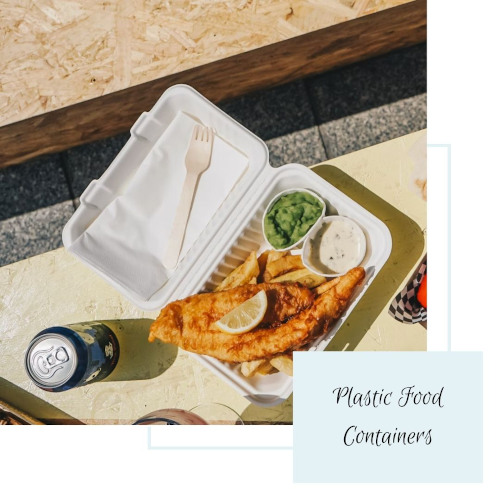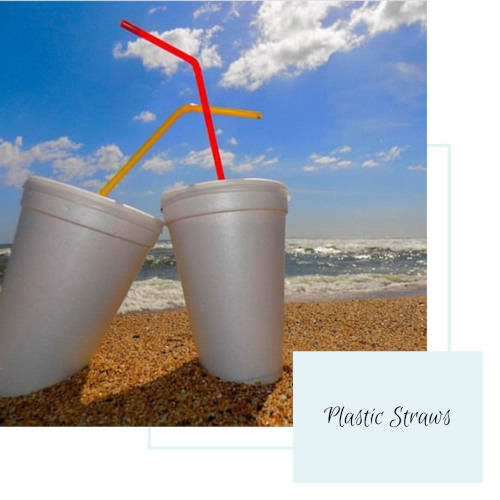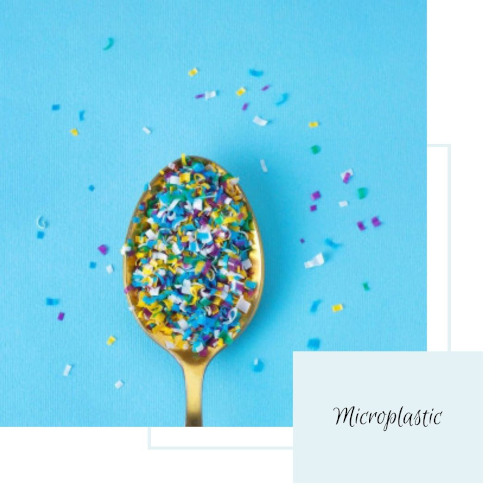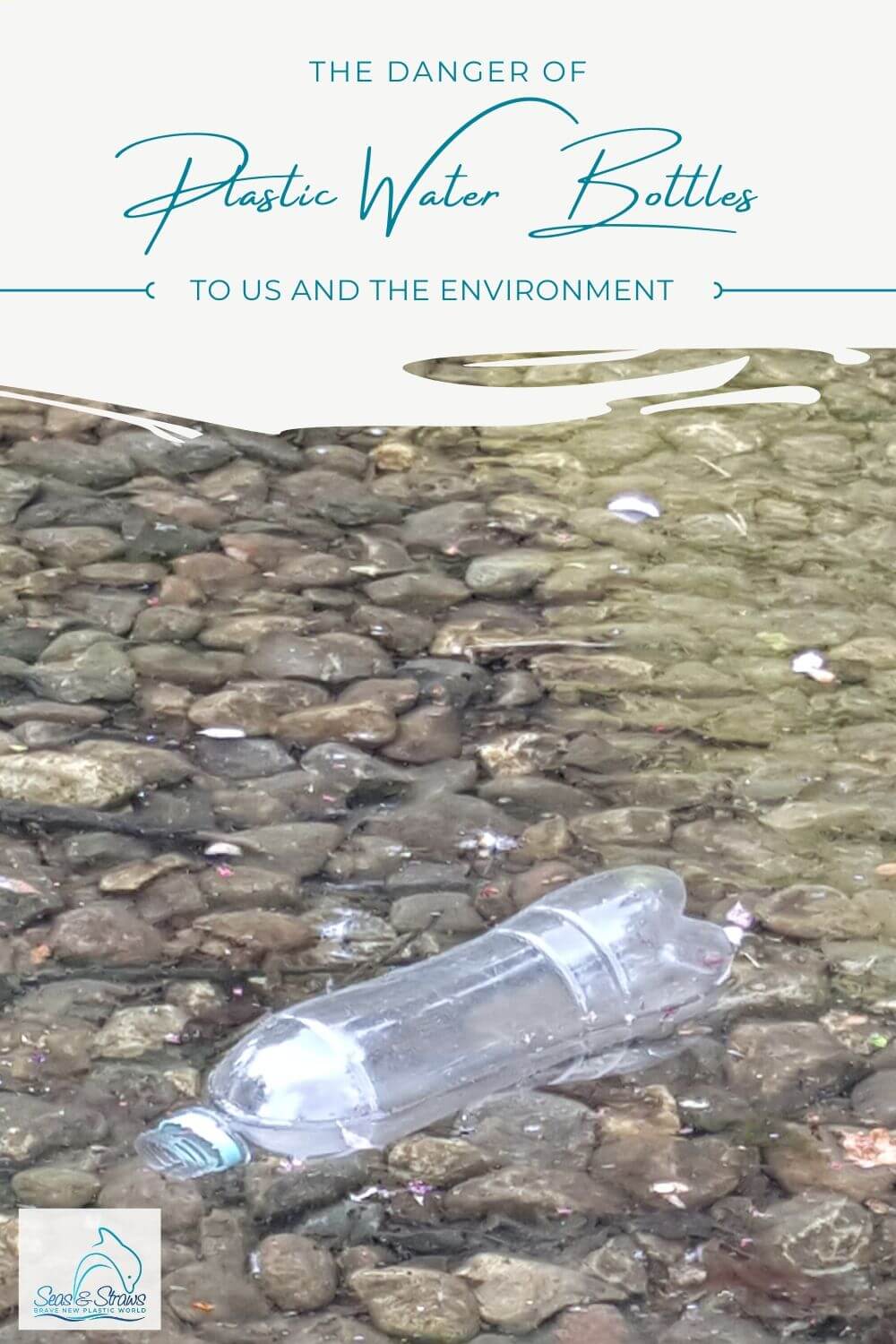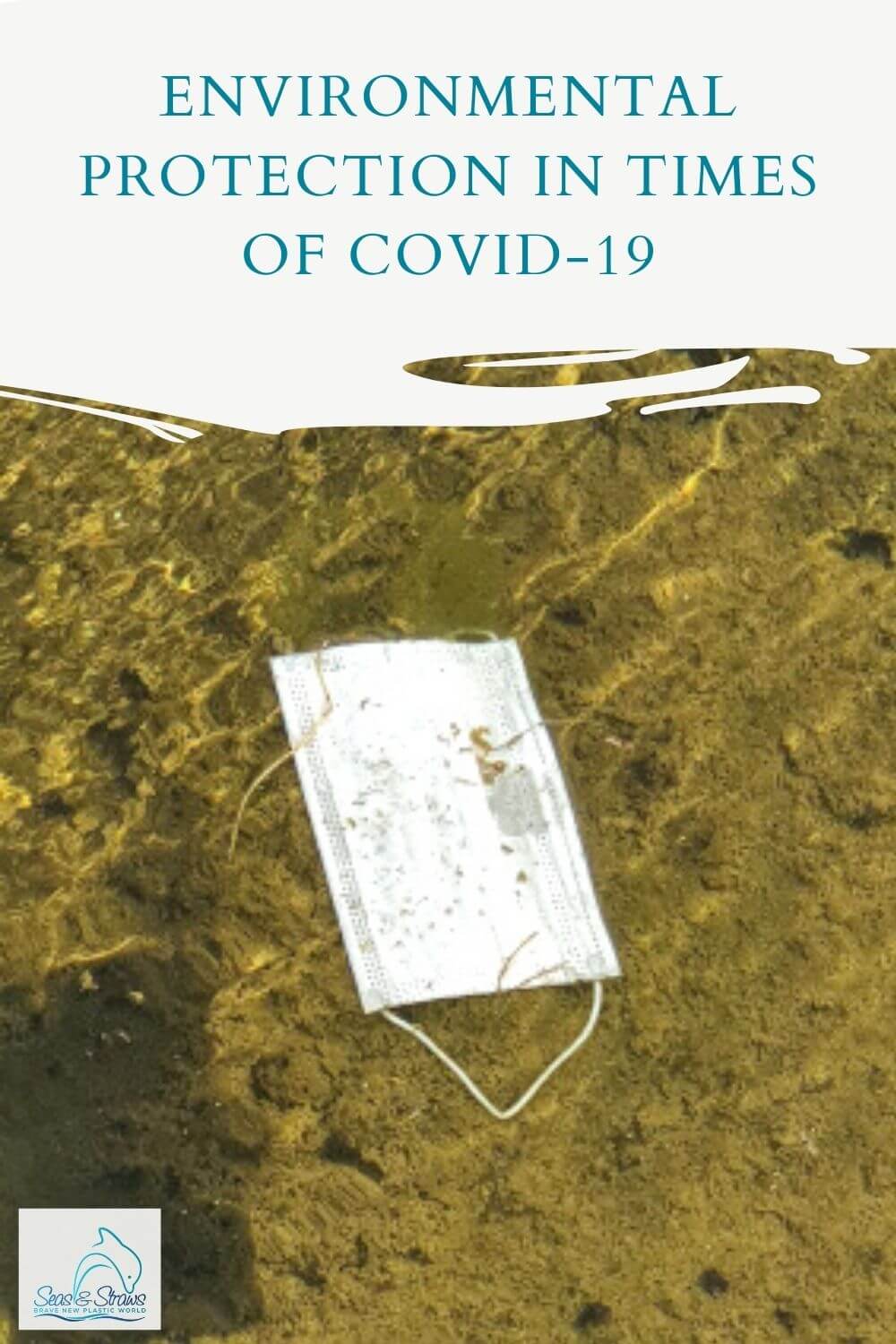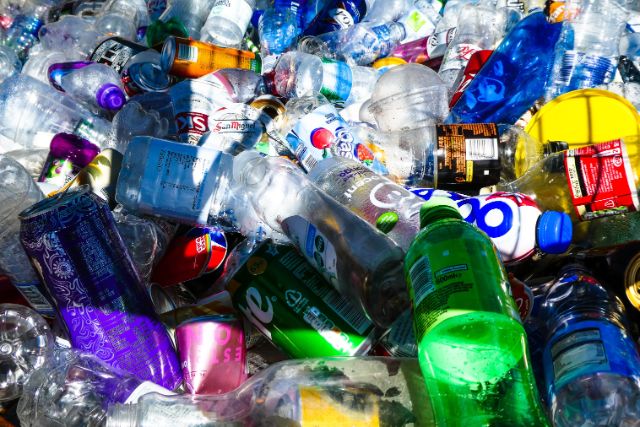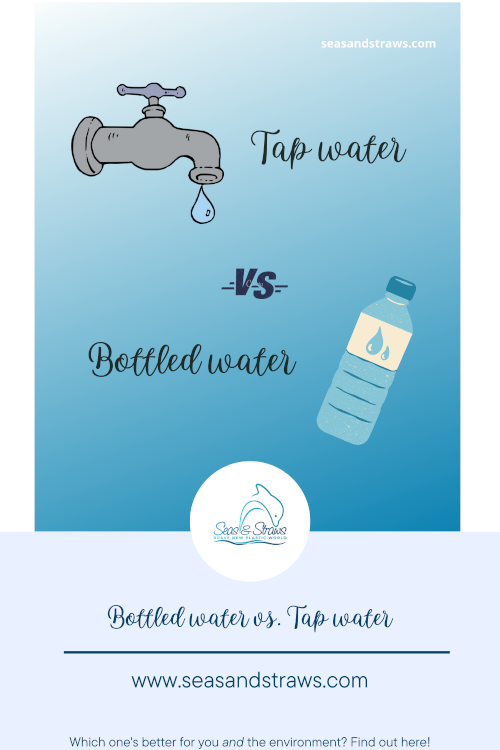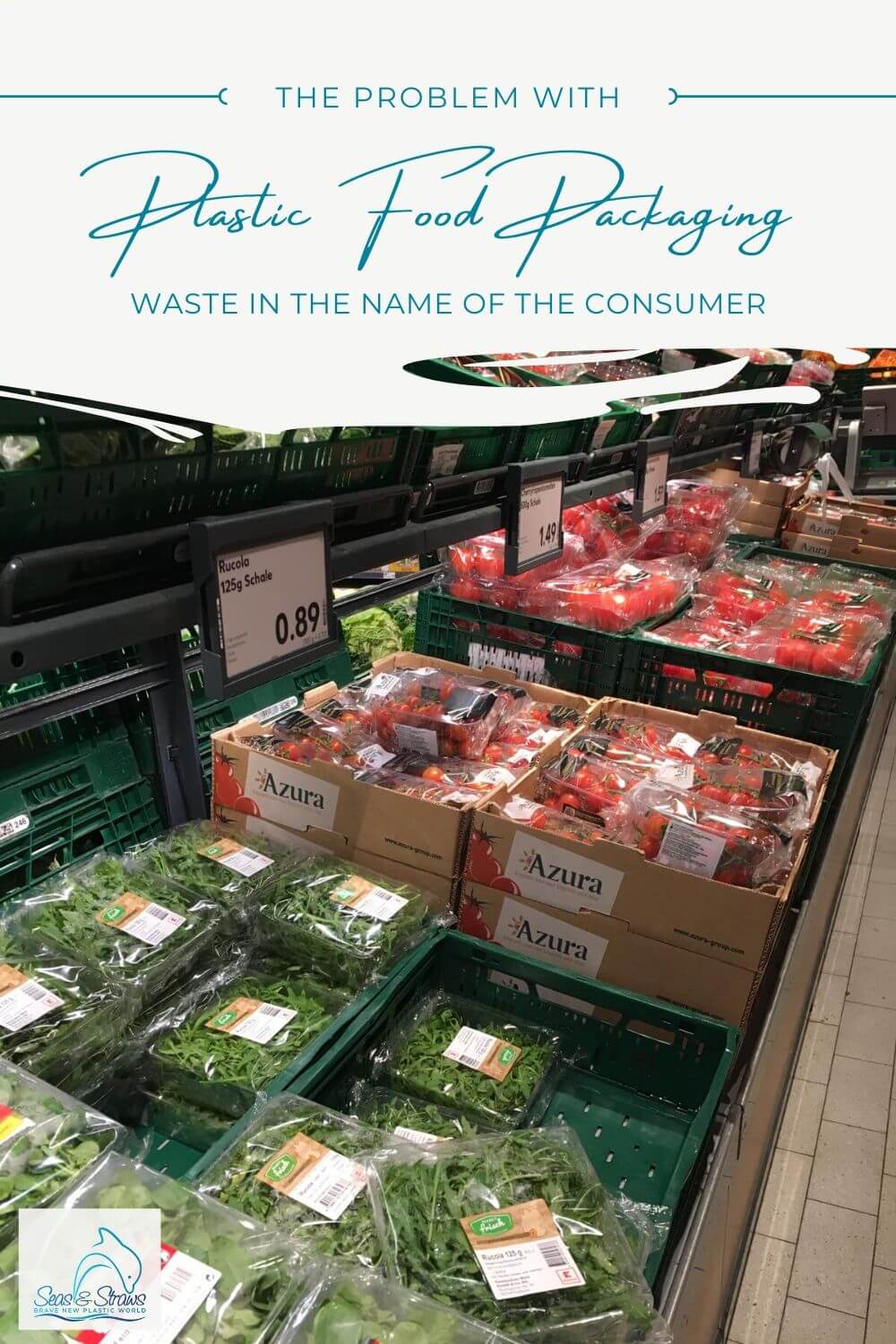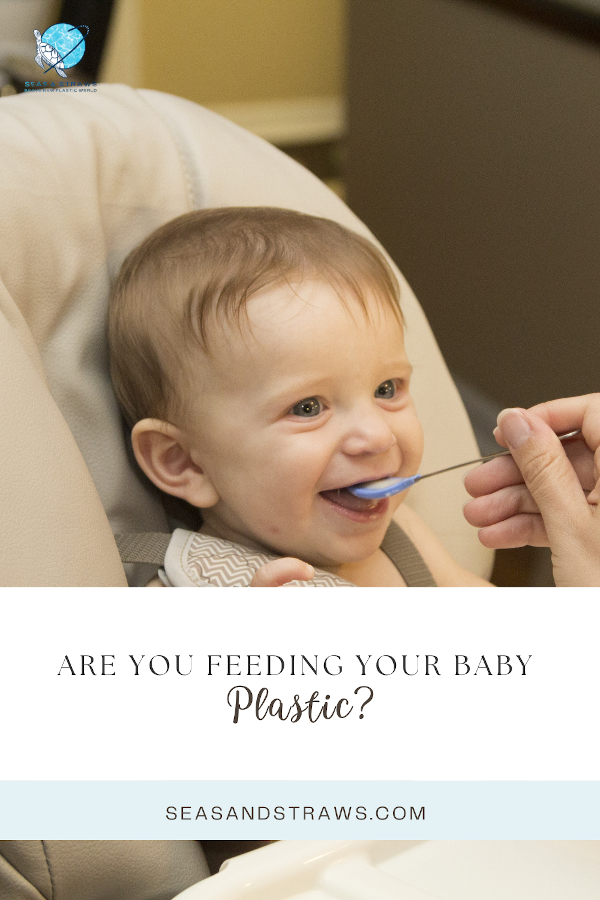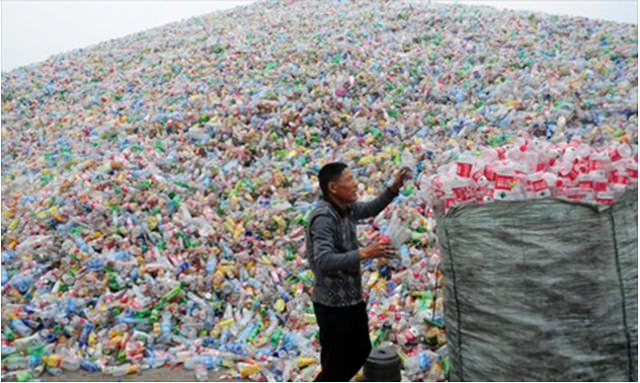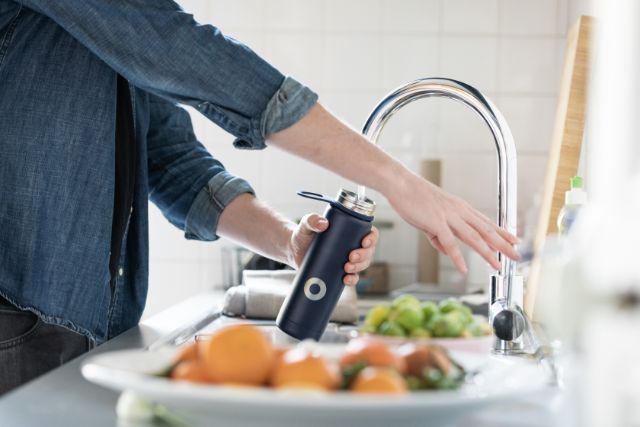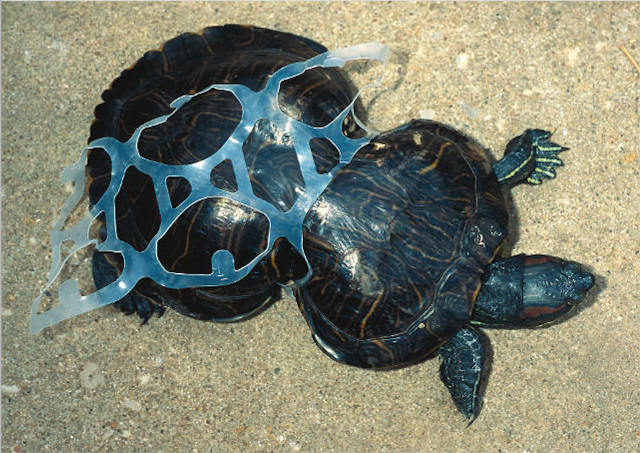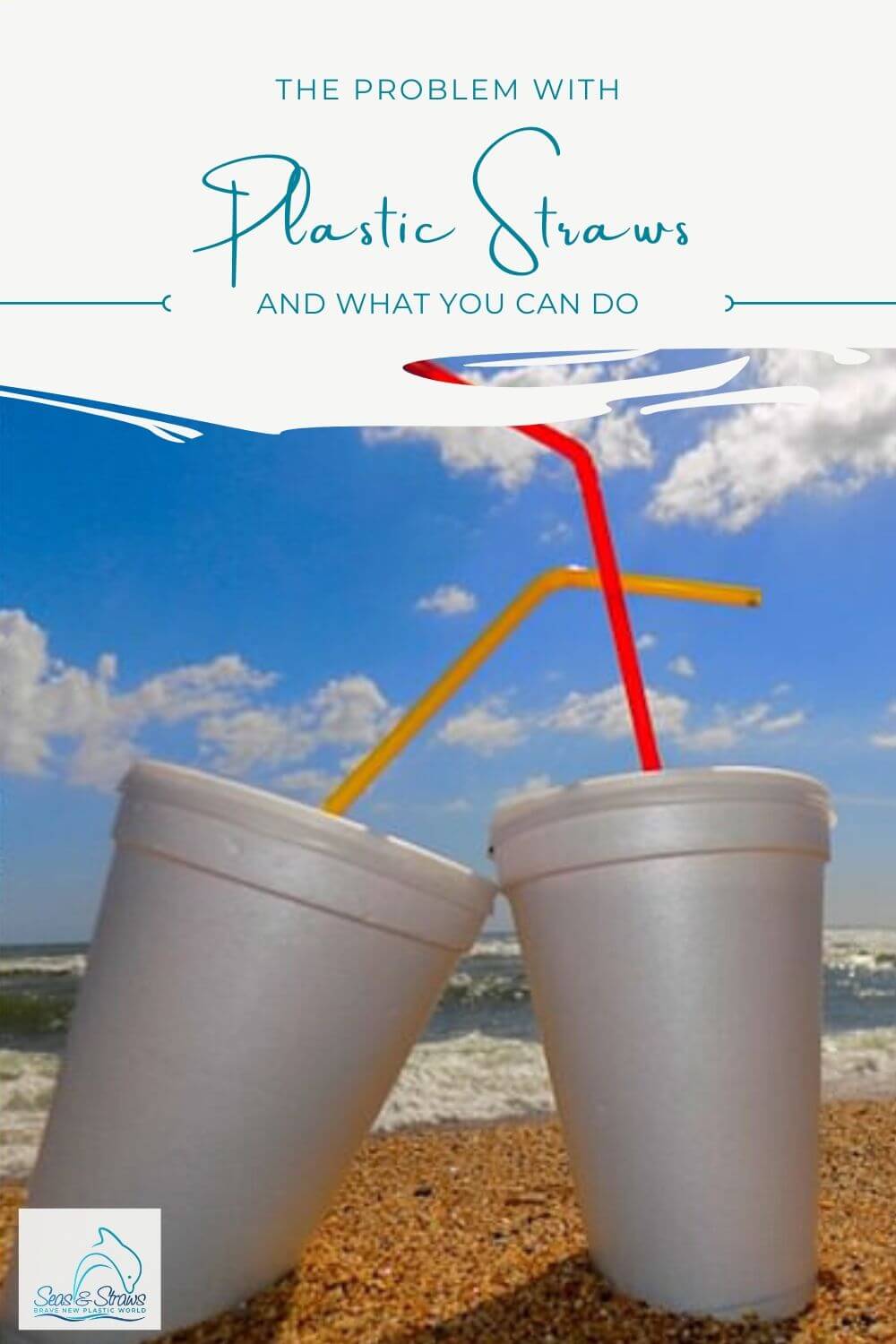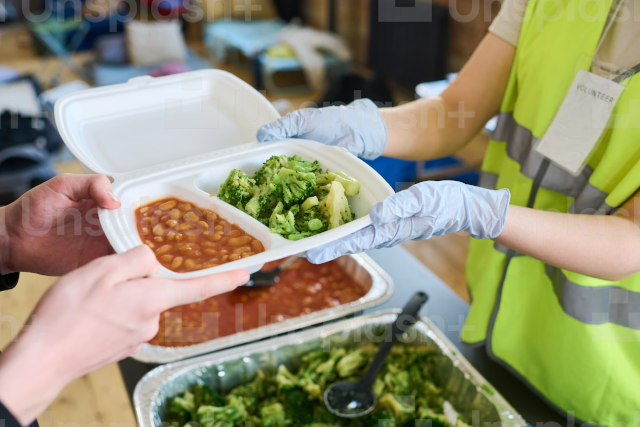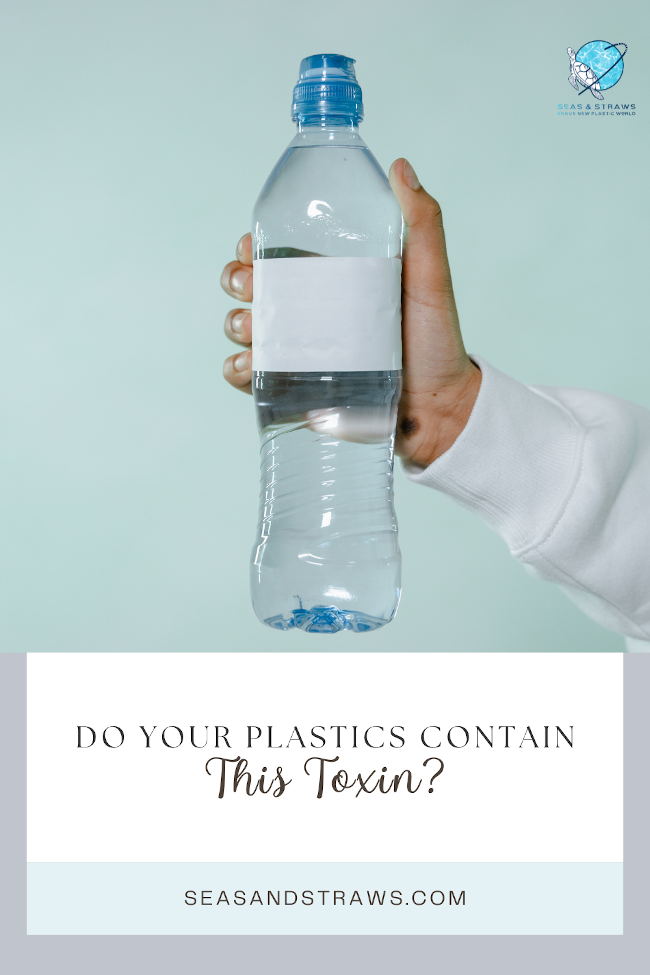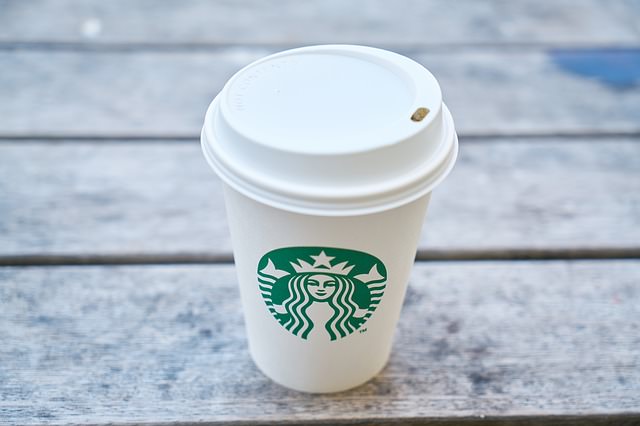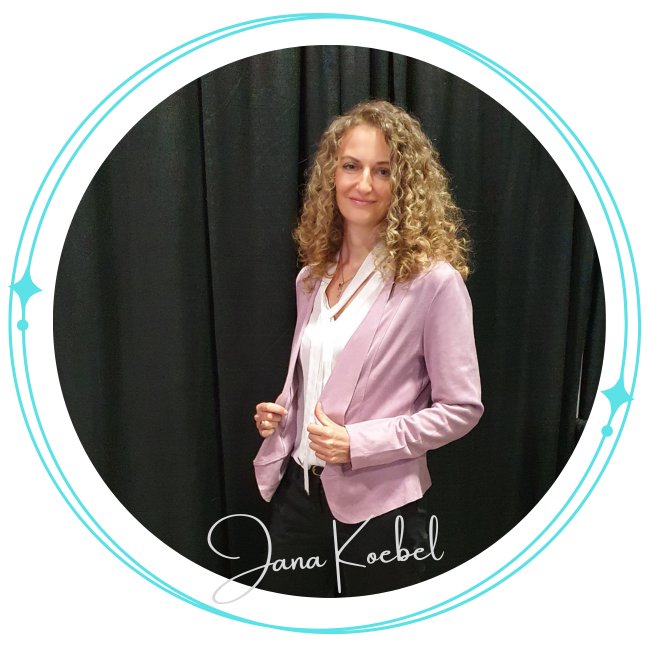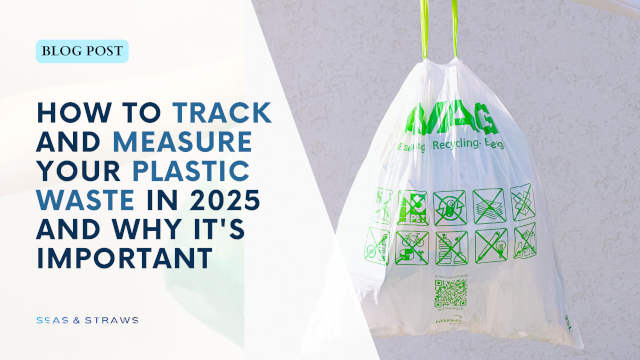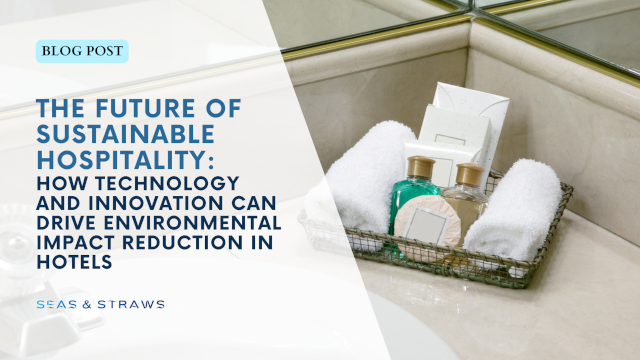- Home
- Plastic at Home
- Plastic Recycling Codes
- Plastic Food Containers
Why Plastic Food Containers should never be Microwaved
How many of those plastic food containers do you have at home? If you're like me, dozens. They pile up in my cupboard, in all shapes and sizes, clear or translucent, some are freezer or microwave safe. Are they really, though?
Have you ever checked the recycling code at the bottom of the containers? Those codes tell you if the container is indeed safe or not. Let's hope it says #5.
Most common types of plastic food containers
1. Polypropylene Food Containers
Most food storage containers are indeed made of Polypropylene (PP), recycling code 5.
PP is supposed to be heat and cold resistant, safe for repeated use, microwaving and dishwashing. It is not prone to leaching and thus considered relatively safe for foodstuff.
I don't know.
The FDA (Food and Drug Administration) tested all so-called "microwave-safe" plastic food containers and determined that all plastics, when put under stress (such as freezing or microwaving), leach a small amount of chemicals (such as BPA, see below) into the food. They assure us that the values are low enough to be safe to humans.
Viewed in isolation, this may be true. But we are not isolated beings and every synthetic material we touch, from our clothes to the dashboard in our cars and the pre-packed food in the supermarket, leaches a small amount of chemicals into our body. It accumulates.
The choice is yours. Among the kinds of storage containers I'm listing here, they are certainly the "safest"ones. I prefer not to use something unhealthy that I can easily avoid, though.
2. Polycarbonate Food Containers
Some plastic food containers are made of polycarbonate which are included in recycling code 7 ("Other"). PC is among those "other" products that are known to leach the harmful, hormone-disrupting bisphenol-A (BPA).
A study at the National Institute of Environmental Health Science has shown that even so-called BPA-free products are not free of estrogenic chemicals.
"Results: Almost all commercially available plastic products we sampled—independent of the type of resin, product, or retail source—leached chemicals having reliably detectable EA [estrogenic activity], including those advertised as BPA free. In some cases, BPA-free products released chemicals having more EA than did BPA-containing products."
Tupperware has a few product lines made of PC, so it is wise to study the recycling code at the bottom of each container.
3. Styrofoam Food Containers
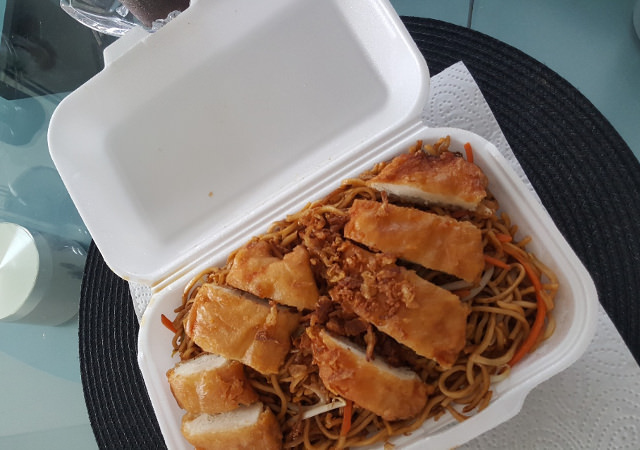 Styrofoam Takeout Container
Styrofoam Takeout ContainerIf you order takeout or if you want to take your leftovers from the restaurant home with you, you are likely to get your food in a polystyrene container. Polystyrene, or styrofoam, has strong insulating properties that keep your food hot. All the more surprising that it is, in fact, not heat stable.
When PS comes in contact with hot food or liquid, it leaches styrene and benzine, both are suspected carcinogens. Alcohol, oils and acid food (such as tomato sauce) as well as Vitamin A also start an immediate breakdown of the styrene monomer. Among others, the migration of styrene into milk, yoghurt, alcohol, beer, wine, mixed drinks, coffee with cream, dressed salads or burgers have been noted.
The National Research Council confirmed that styrene can be "reasonably anticipated to be a human carcinogen”.
The FDA, on the other hand, found styrene residues in the tissue of 100% of the people tested. Again, the FDA does not think this is concerning.
I do.
As if that wasn't bad enough, the production of Polystyrene has an enormous impact on the environment (second highest after aluminium). The production process has a 1000 times greater effect on global warming than CO2. It poses a health risk to workers involved.
Once used, it cannot be recycled. Instead, it is so lightweight that it easily gets blown from landfills and into the waterways. There, it floats on the surface and breaks down quickly into tiny foam pieces that are ingested by animals.
Wow.
What can you do?
- Do not use polystyrene food or beverage containers, especially for hot, acidic or alcoholic food or drinks. Ask your restaurant which kinds of food containers they use before you have them pack your leftovers.
- Never heat / microwave any food in any plastic container, no matter the recycling code. They all leach.
- Switch to glass or stainless steel containers to heat, freeze or store your food.
The Most Common Everyday Plastic Items
Click on the image to know more.
Resources
